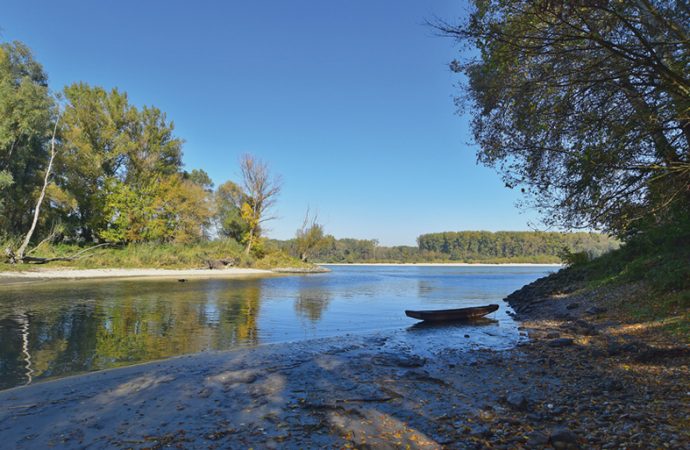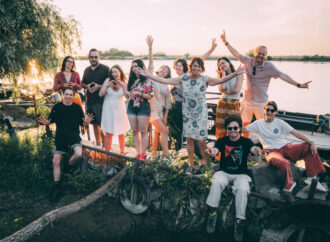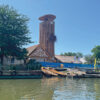In order to be called National Park, an area has to fulfil certain conditions. These include a natural environment hardly influenced by human activity, and a focus on protecting this environment. The parks are largely untouched areas that can reveal their beauty. There are six National Parks in Austria, and danube connects visited three of
In order to be called National Park, an area has to fulfil certain conditions. These include a natural environment hardly influenced by human activity, and a focus on protecting this environment. The parks are largely untouched areas that can reveal their beauty. There are six National Parks in Austria, and danube connects visited three of them. What touched us the most? The untouched!
In the realm of the European pond turtle
The National Park Donau-Auen protects one of the last large and intact floodplain landscapes of Central Europe. We explored this species-rich area.
It’s very cold. “Too unusual for this time of the year”, our ranger admits. It’s the beginning of May, and the temperature only reaches 6 degrees Celsius. Water levels have risen due to incessant rain. A five-hour raft trip awaits us. I’ve put on waterproof clothes. As they say: there’s no bad weather, just unsuitable clothing.
After a rich breakfast at the hotel Altes Kloster (“Old Monastery”), we’re off to the fast-flowing Danube. We pull the rafts into the water and paddle on the ranger’s command. We pass pristine banks and forests so dense they look like a jungle. Time and again, the colourful kingfisher flies past us. The bird has found its most important breeding ground here.
Until 1918, the area was an imperial hunting ground because of its abundant wildlife. “Judging by the number of animals they killed, it must have been more like a massacre”, the ranger tells us bitterly. In 1984, conservationists fought against the construction of a power plant on the site. They wanted to save the oxbow lake and create a national park. Since 1996, the area is a National Park and the rangers work tirelessly to preserve this piece of land that is home to so many different species.
Without the Danube, there would certainly be no European pond turtles here.
Today, they’re an endangered species. It’s only thanks to the efforts of biologists that their numbers are increasing again, and today amount to around 2000. The dam on one of the Danube’s smaller branches is a perfect nesting site for Austria’s only turtle, easily distinguishable by its yellow spots. It loves warm, stagnant water. Unfortunately, we have bad luck. It’s raining when we try to observe them here, in their natural habitat. In this weather, the cute animals don’t come out to sunbathe. Once they’re grown up, the turtles have no natural enemies and can live to a very old age. But nowadays there are fewer suitable breeding sites, so that they can’t scatter their eggs but are forced to lay them next to each other – much to the delight of foxes. Biologists spread metal netting over the nesting sites to protect the eggs from predators. The gaps in the netting are large enough to allow the hatched baby turtles to pass.
In order to see one of these rare animals after all, we visit the National Park Centre in Orth Castle.
We enjoy watching their calm movements. You leave this place full of gratefulness towards the people living there who are so dedicated to the preservation of these beings.



















Leave a Comment
Your email address will not be published. Required fields are marked with *